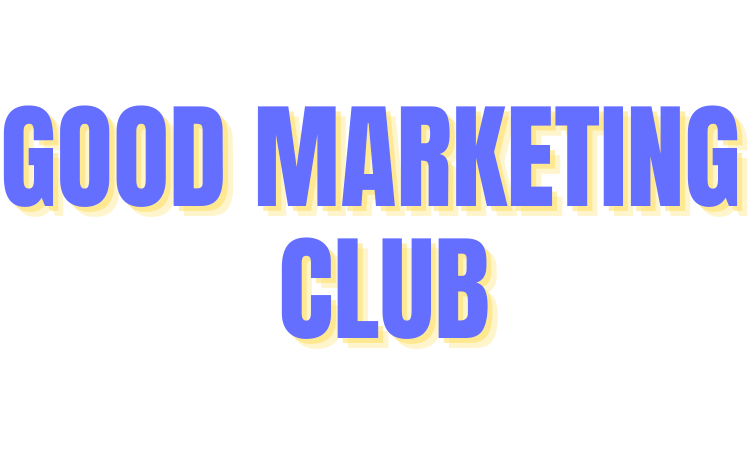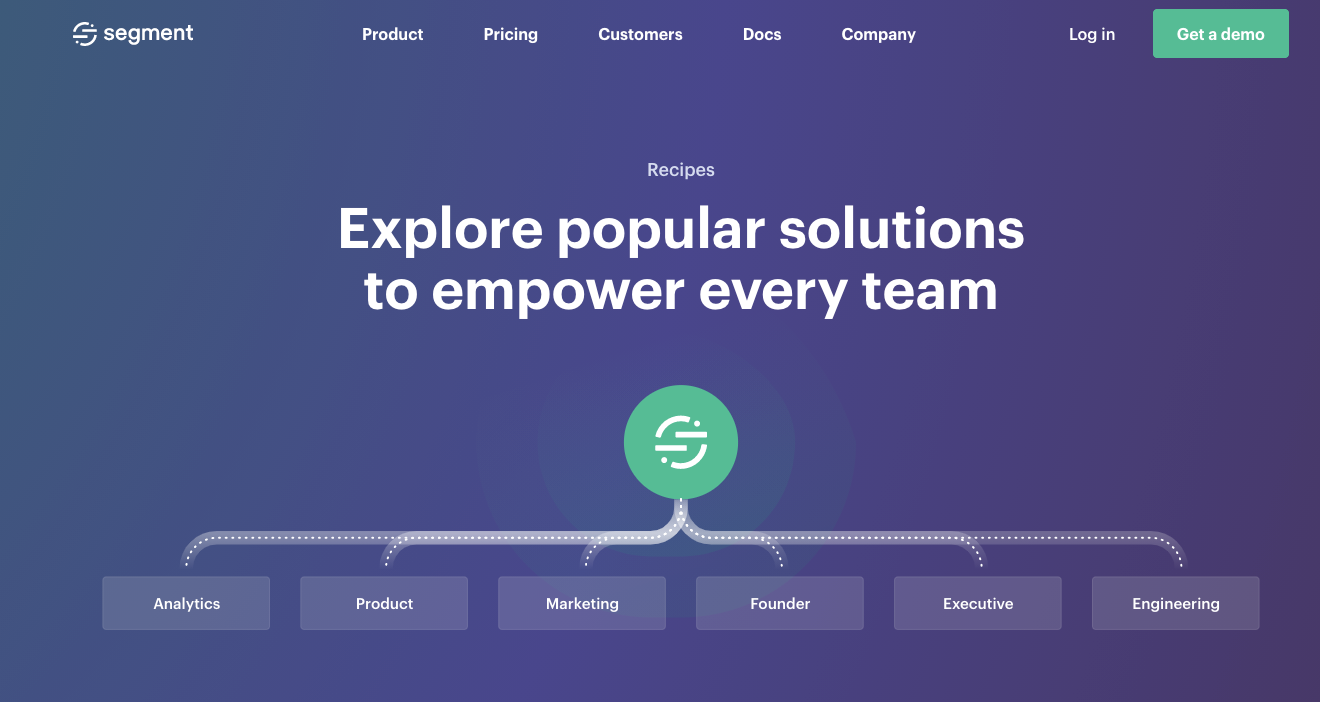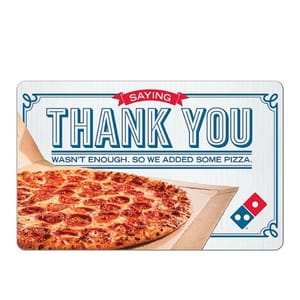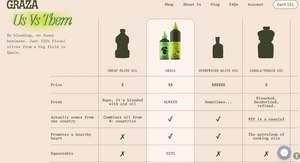In Bob Moesta’s new book ‘Demand-Side Sales 101’, he reminded readers of how customers are not just buying, they are buying to make progress on solving a problem. And during the process, four forces are at play:
- The push of the difficult situation
- The magnetism of the new solution
- The anxiety of the new solution
- The tug of the habit of the present
When 1+2>3+4, people buy.
Generic marketing and sales tend to focus on force 1 and 2, the push. In a B2B setting, they remind people of the challenges (category awareness), present solution (brand awareness), get them to raise hands (lead gen), and then to sales demos (meeting booked).
The demo is usually feature-focused. Common sense is that the more feature, the better the product, the more likely customers buy, right? Not necessarily. More features can lead to more anxiety, and a tendency to recoil to the habit of the present. A system of forces are at play, other than what pushes people to buy, we also need to figure out what’s holding people back.
In B2B, some of the pull forces are:
- How to convince the boss?
- How does the product fit into the current stack?
- How to set up and use the solution and how much resources are needed?
- Is the new solution worth the switch from the current good-enough solution?
These questions are usually either not addressed proactively or the answers are too high-level to be useful.
Segment’s recipes are one of the best marketing materials I’ve seen that effectively ease these common anxieties purchasing new technology.
Segment provides API and software solutions to collect data and feed data across platforms. It’s a product that is so flexible and versatile that it’s hard to know where to start, a common problem in SaaS/more technical products.
Therefore, the Segment team put together proven ‘recipes’ customers can pick and choose based on their industries, tech stacks, and the problems they are trying to solve. I am sure these are not all the ‘recipes’, but they can quickly put customers at ease, knowing these tangible examples tailored to their needs — the value of Segment’s product brings.
How to convince the boss?
You can use Segment, along with our current tech stack, to solve these problems.
How does the product fit into the current tech stack?
Use tool filters to see how Segment works with your current stack to solve your problems.

How to set up and use the solution and how much resources are needed?
Each recipe page provides steps and experience levels needed for you to do a comprehensive assessment.
Is the new solution worth the switch from the current good-enough solution?
For each problem, Segment recipes provide a detailed solution for you to compare to your current one to build the business case.

Another benefit of addressing the ‘pull’ is to ask customers to make tradeoffs at the moment. So you are not pushing customers that are not ready for your solution that you either end up wasting team resources or buyers' remorse (non-renewal, bad word-of-mouth).
Mentioned in this post:






